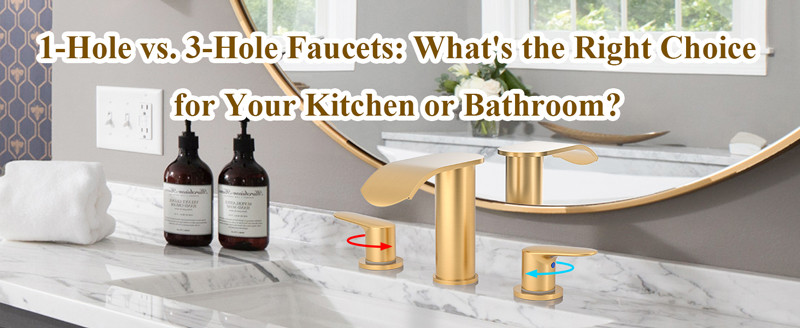
When it comes to selecting the right faucet for your kitchen or bathroom, one of the first decisions you’ll face is whether to choose a 1-hole or 3-hole faucet. While both types serve the same basic function—delivering water where it’s needed—their differences can affect your sink’s functionality, aesthetics, and ease of installation. Whether you’re undergoing a renovation or replacing an old fixture, understanding the distinction between 1-hole and 3-hole faucets will help you make a more informed choice.
What Is a 1-Hole Faucet?
A 1-hole faucet is a streamlined fixture that requires only a single hole in your countertop or sink. This type of faucet typically features a single lever or handle to control both the water temperature and flow, and it’s often used in minimalist or modern designs. The simplicity of the 1-hole setup makes it a popular choice for homeowners looking to reduce clutter or create a sleek, contemporary look.
One of the most common types of 1-hole faucets is the single-handle faucet, where the handle controls both the hot and cold water with a simple swivel or pull. These faucets can come in various styles, from modern designs to traditional ones, allowing for flexibility in your decor choices.
What Is a 3-Hole Faucet?
A 3-hole faucet, on the other hand, requires three separate holes in your countertop or sink. This type of faucet typically features separate hot and cold handles, plus an additional hole for a spray or soap dispenser. The three holes are often spaced out to accommodate each individual component, making the installation process slightly more complex than with a 1-hole faucet.
A 3-hole setup allows for more customization since you can choose separate handles for hot and cold water, a pull-out sprayer, or even a soap dispenser to streamline your daily tasks. This design can lend a more traditional or rustic vibe, often found in vintage-style kitchens or bathrooms.
Comparing the Two: Pros and Cons
Pros of a 1-Hole Faucet
- Sleek and Minimalist Design
A major advantage of a 1-hole faucet is its clean, simple look. Without multiple handles or separate sprayers, the faucet can create a visually uncluttered space. This makes it an excellent choice for modern, minimalistic kitchens or bathrooms where design is a focal point. - Easier Installation
Since only one hole is needed, the installation process for a 1-hole faucet tends to be simpler and quicker. It’s particularly beneficial for anyone doing DIY projects, as there’s no need to align multiple holes or handles. - Ease of Cleaning
With fewer parts and a simpler design, 1-hole faucets are typically easier to clean. Fewer crevices mean less buildup of grime and soap scum, which is especially useful in high-use areas like the kitchen. - Single-Lever Control
Many 1-hole faucets use a single lever to control both water temperature and flow. This design makes it easy to adjust the water settings with one hand, which is particularly useful when your other hand is occupied with a dish or cleaning task.
Cons of a 1-Hole Faucet
- Less Customization
While 1-hole faucets can come in various styles, they do not offer the same level of customization as 3-hole faucets. For example, you can’t separate your hot and cold water controls, nor can you add a dedicated sprayer or soap dispenser to the same fixture. If you prefer individual controls or additional features, a 1-hole faucet might feel too limiting. - Limited Functionality
1-hole faucets are ideal for minimalist designs but can lack the functionality that some homeowners want in their kitchens or bathrooms. If you frequently use a sprayer or need a separate handle for hot and cold water, you may find the single-handle design restrictive.
Pros of a 3-Hole Faucet
- Greater Customization
One of the most significant benefits of a 3-hole faucet setup is the ability to customize the functionality. You can choose separate handles for hot and cold water, a dedicated sprayer, or a soap dispenser. This added flexibility allows you to tailor the faucet to suit your specific needs and preferences, whether that’s a pull-out sprayer for the kitchen or extra handles for precise water control in the bathroom. - Traditional Aesthetic
If you love classic or vintage-style decor, a 3-hole faucet is a perfect choice. The separate handles and multiple features can evoke a traditional, elegant look that fits beautifully in period-inspired kitchens or bathrooms. - Enhanced Water Control
A 3-hole faucet provides separate controls for hot and cold water, giving you more precise temperature adjustments. This is particularly useful if you prefer fine-tuned control over the water temperature, as you can adjust each handle individually for the perfect balance. - Added Functionality
The third hole in a 3-hole faucet allows you to add extra features like a soap dispenser, sprayer, or even a water filtration system. This makes the faucet not only more functional but also more suited to multitasking environments like a busy kitchen.
Cons of a 3-Hole Faucet
- Requires More Space
One of the most significant drawbacks of a 3-hole faucet is that it requires three separate holes in your countertop or sink. If your existing sink only has one or two pre-drilled holes, you may need to modify it to accommodate the extra hole(s). This can add complexity and cost to your installation. - More Cleaning Required
With more components and handles, 3-hole faucets often have more crevices where grime and soap scum can accumulate. This means you’ll need to spend more time cleaning the faucet to keep it looking pristine. - Cluttered Look
While 3-hole faucets can be beautiful, they do tend to create a more cluttered appearance, especially in smaller spaces. If you’re aiming for a minimalist or sleek design, the multiple handles and extra components might not fit with your aesthetic.
Which One Should You Choose?
Ultimately, the choice between a 1-hole and a 3-hole faucet comes down to personal preference and functional needs. Here are some key factors to consider:
- Space and Design: If you have a smaller sink or want a streamlined, modern look, a 1-hole faucet might be the best choice. It works well in tight spaces and offers a cleaner aesthetic. However, if you have a larger sink or prefer a traditional look, a 3-hole faucet can provide both function and style.
- Functionality: Consider how you use your sink. If you frequently need a sprayer or prefer separate handles for hot and cold water, a 3-hole faucet may suit your needs better. If you prefer simplicity and easy-to-use controls, a 1-hole faucet is likely more practical.
- Installation: If you’re installing a new sink, a 1-hole faucet can save you time and money on installation. But if you’re replacing an existing 3-hole setup, you may prefer sticking with a 3-hole faucet to avoid having to modify your countertop.
Conclusion
Both 1-hole and 3-hole faucets have their distinct advantages, depending on your style, needs, and space. A 1-hole faucet offers a sleek, modern design that’s simple to install and easy to maintain. Meanwhile, a 3-hole faucet provides more customization options and functionality, making it an excellent choice for those who value traditional designs and need more control over their sink’s features.
Consider your space, how you use your sink, and your design preferences before making your decision. Whichever option you choose, both can enhance the look and functionality of your kitchen or bathroom.
 WOWOW Faucets
WOWOW Faucets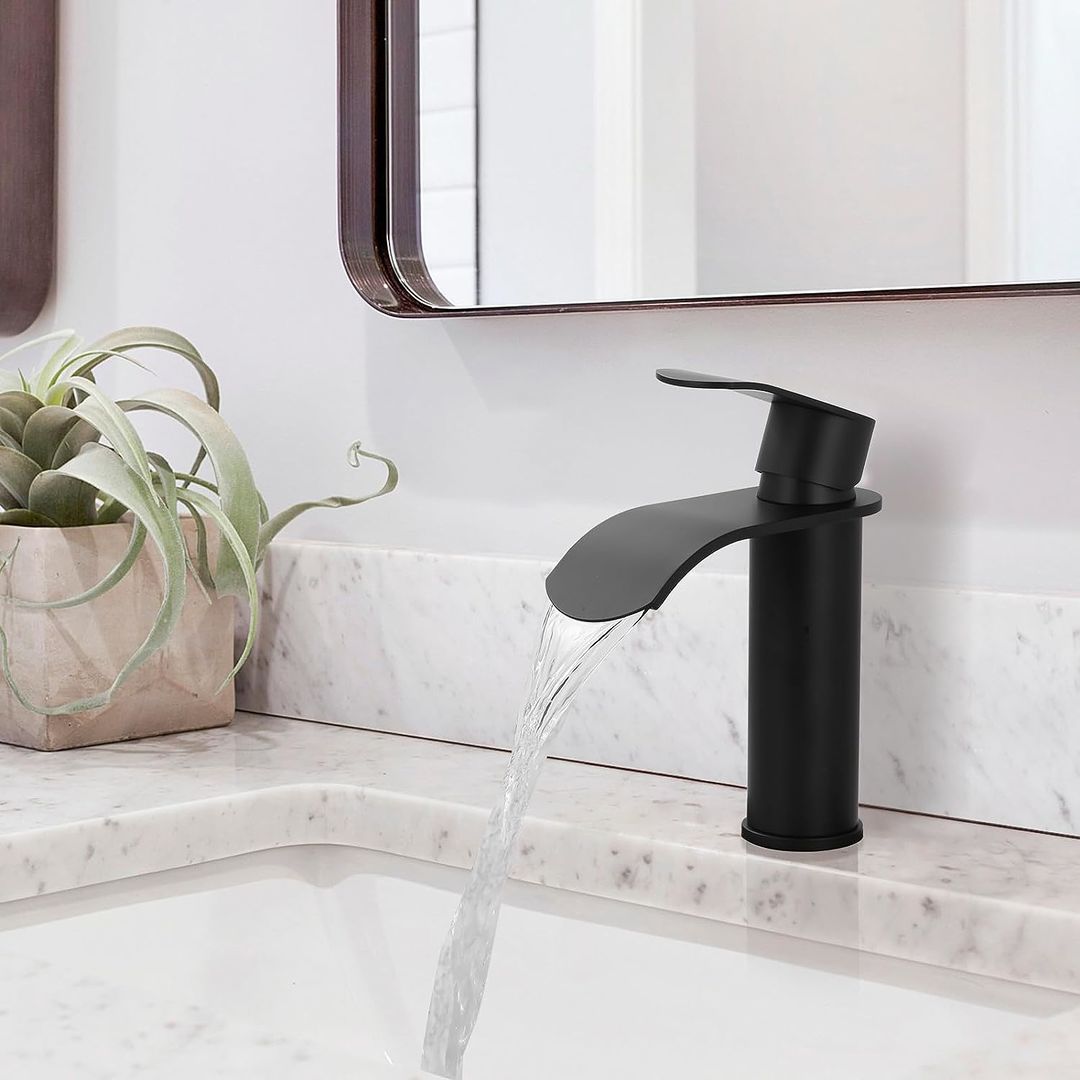
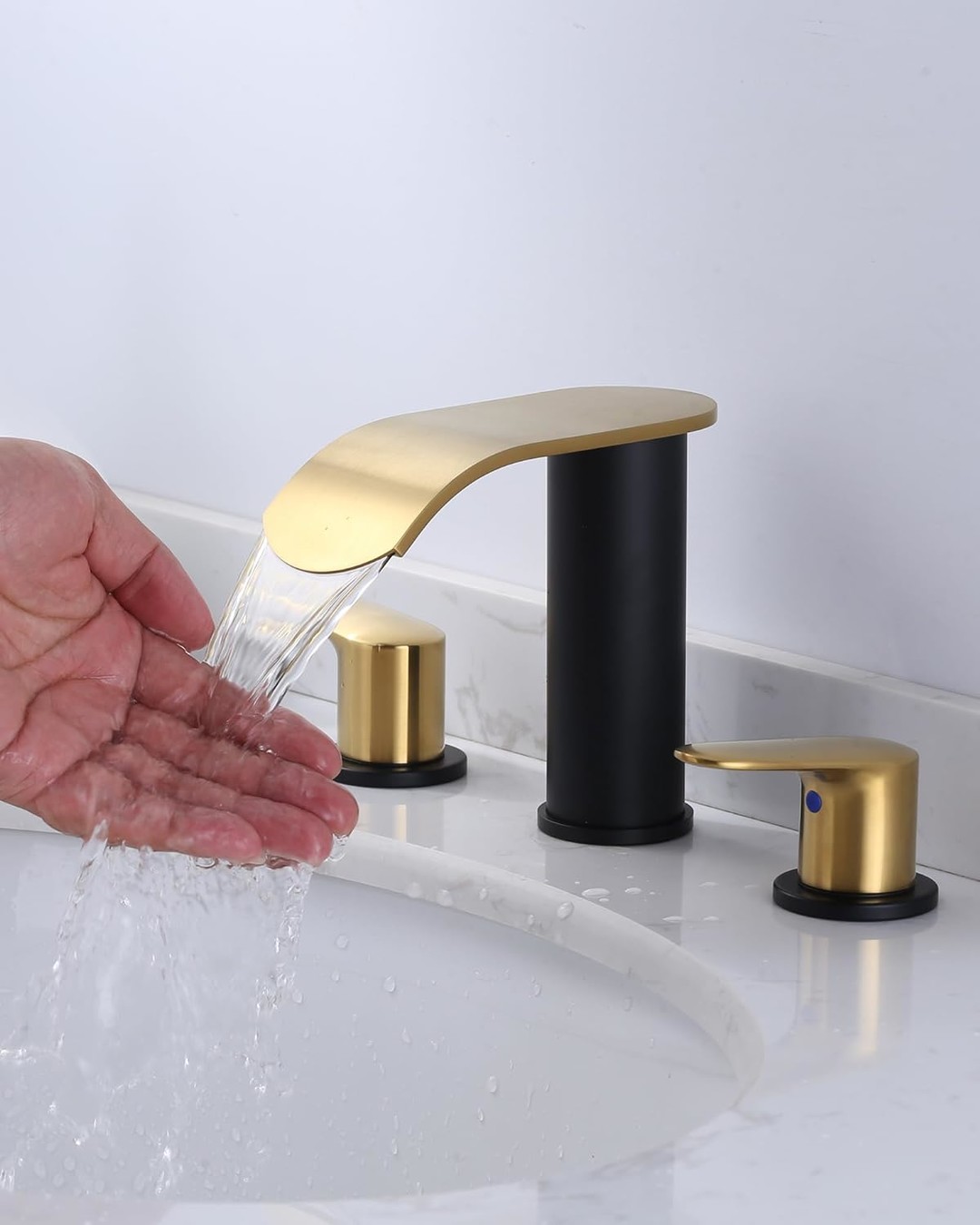

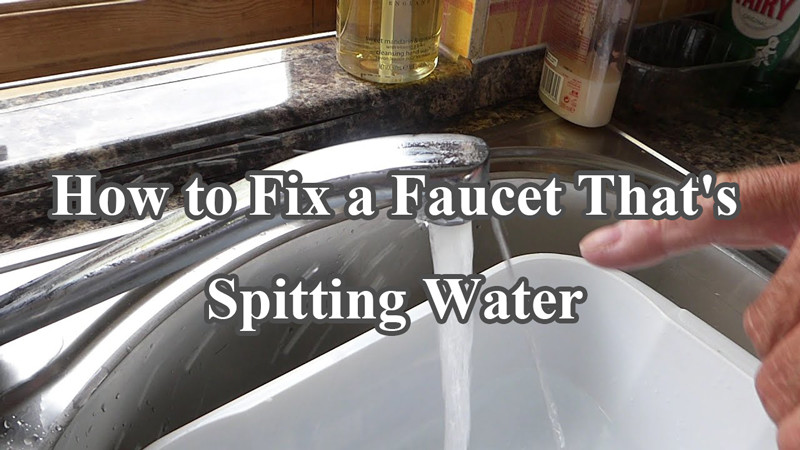
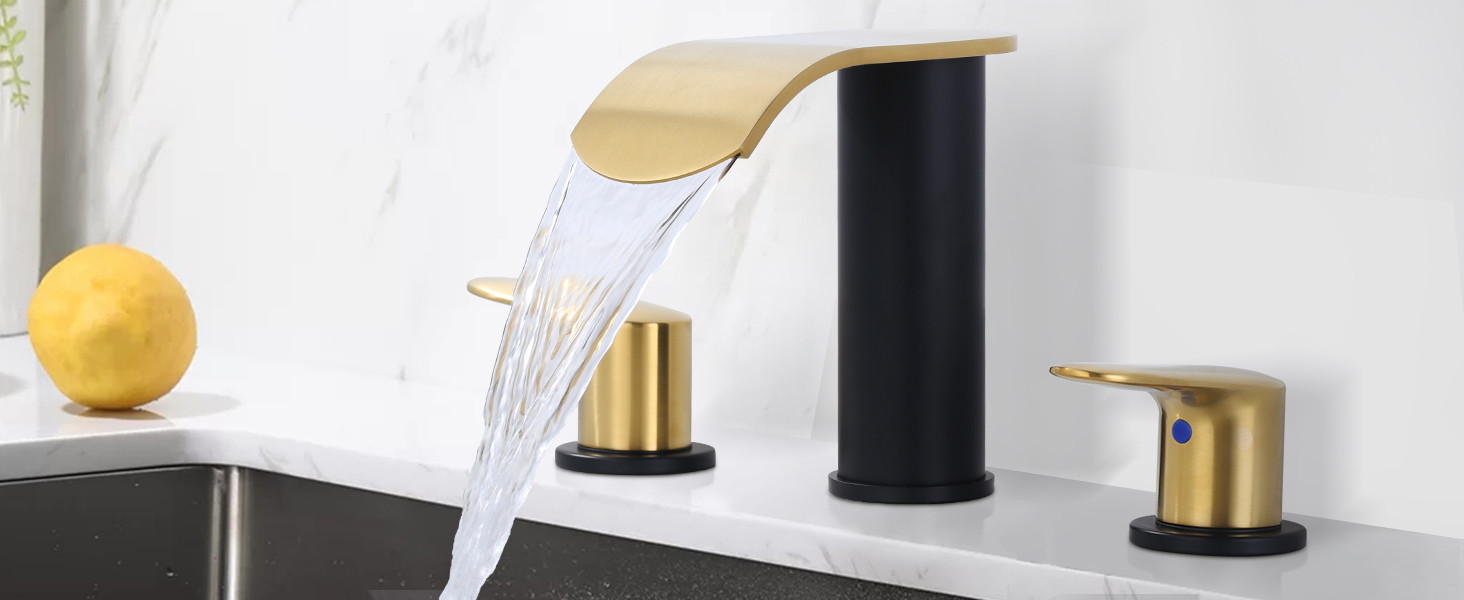
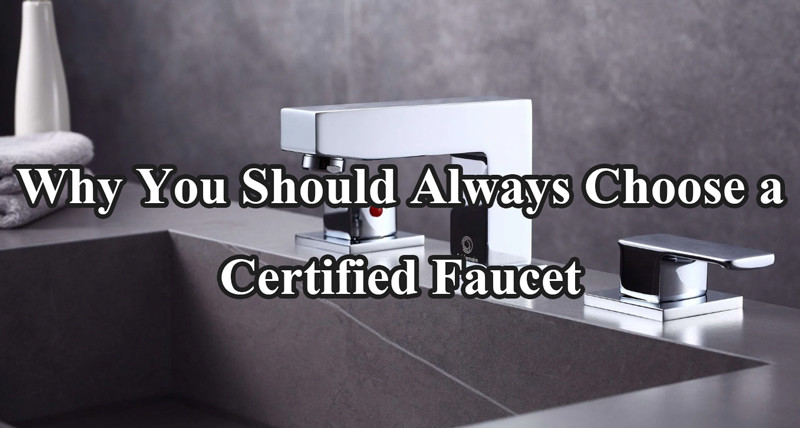
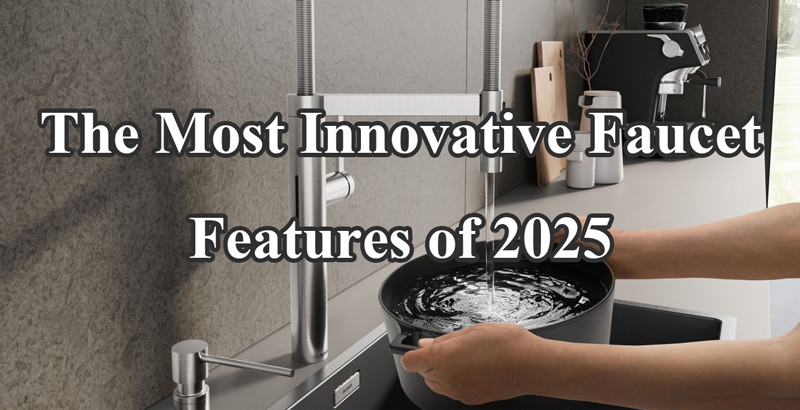

您好!Please sign in